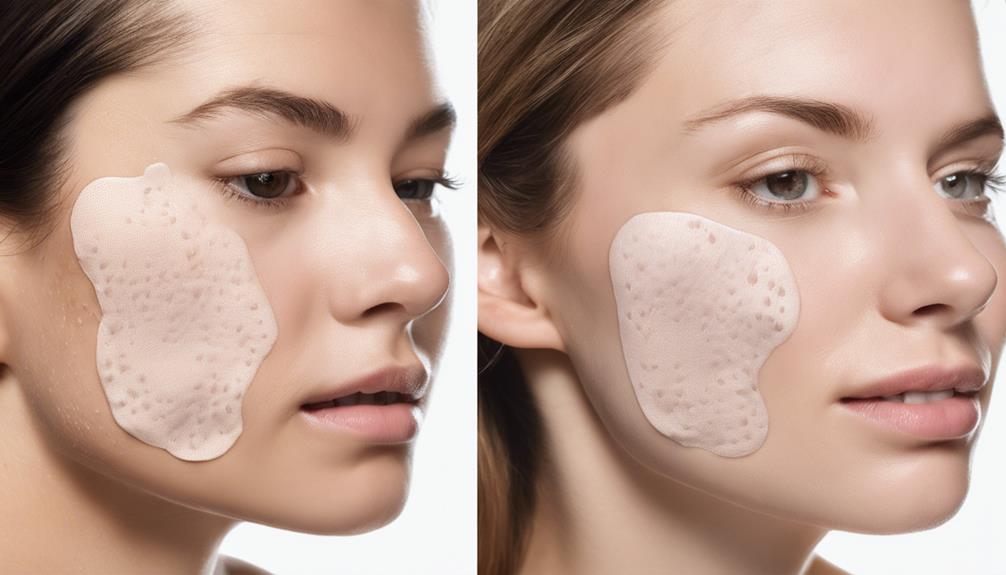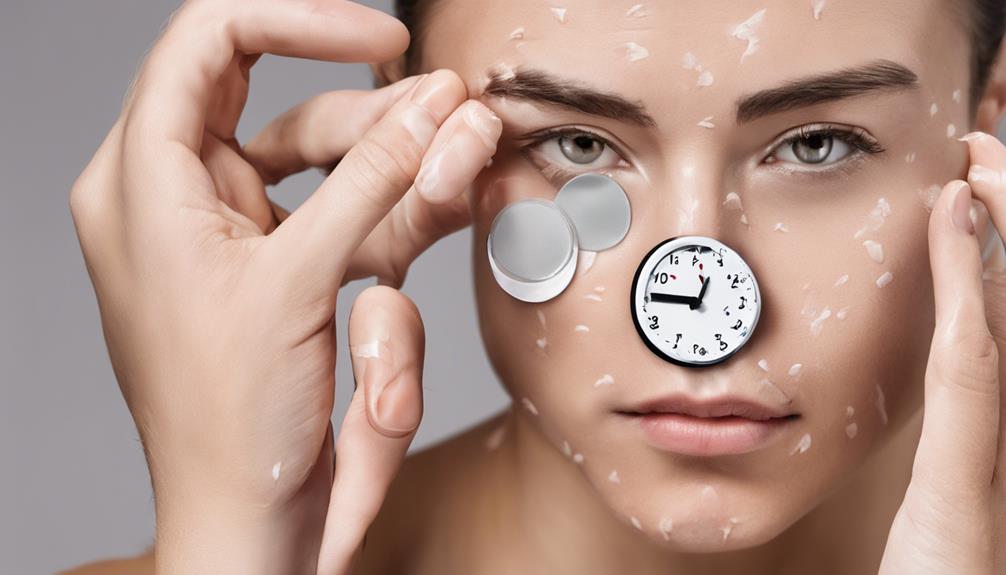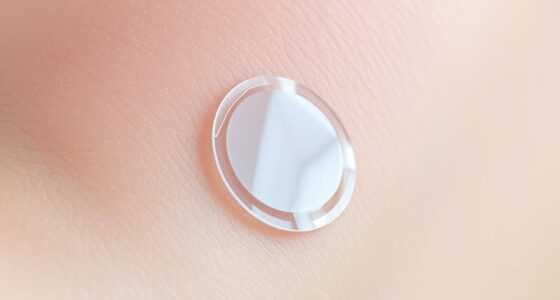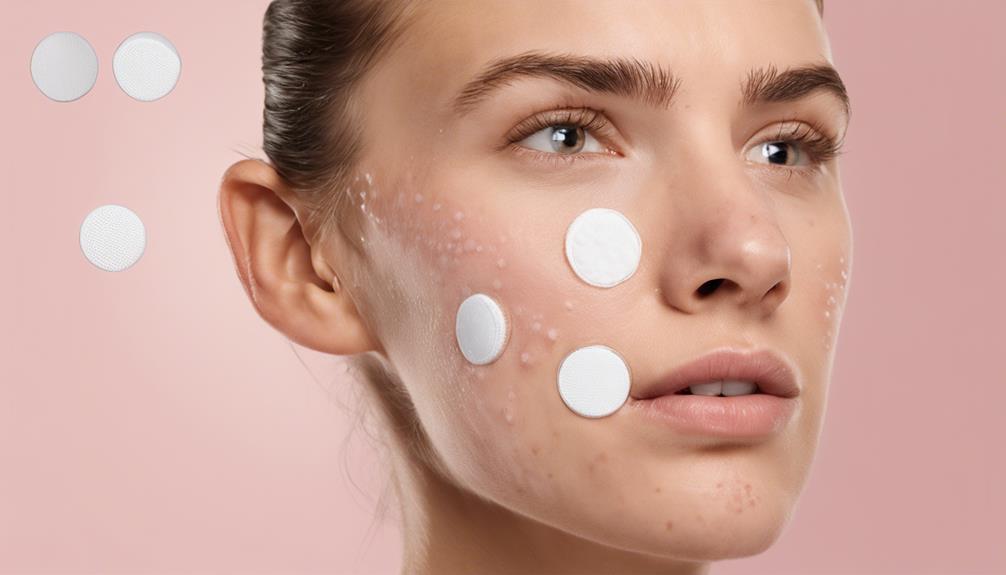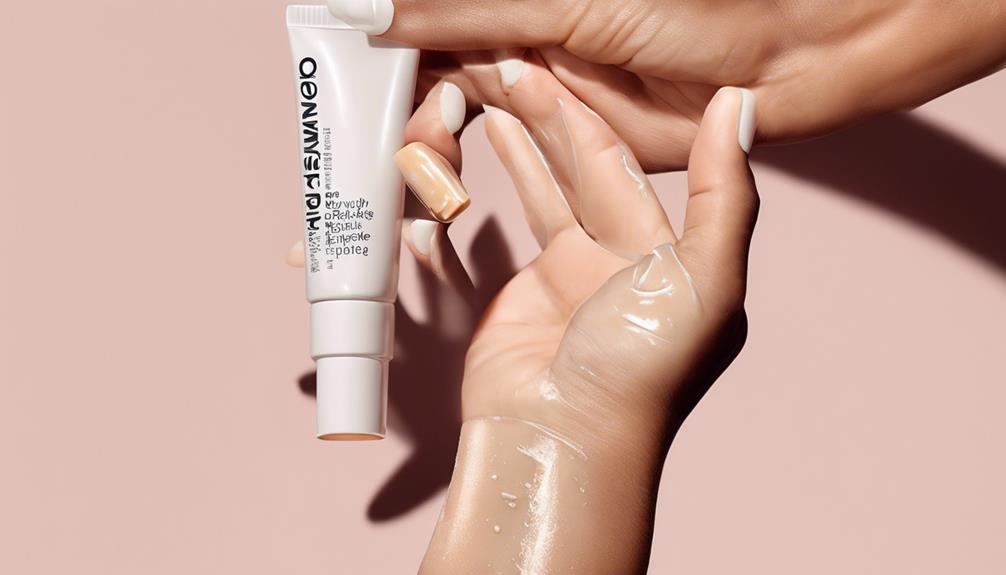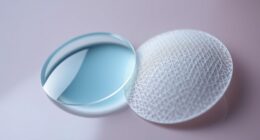Pimple patches function by creating an optimal healing environment that absorbs oil, bacteria, and pus while also forming a protective seal over the blemish. This method helps prevent infections and speeds up the healing process by discouraging touching or picking at the affected area. The fluids that are absorbed form a gel-like substance that seals the pimple, reducing the chances of bacterial infection and aiding in the healing process. These patches have been clinically proven to be effective in wound care, preventing additional irritation or scarring. Knowing how this mechanism works can assist you in making informed decisions about skincare solutions.
Key Takeaways
- Absorb oil, bacteria, and pus to create an ideal healing environment.
- Seal the pimple, preventing contamination and promoting faster recovery.
- Act as a barrier to absorb fluids, forming a gel-like substance.
- Block bacteria from entering, supporting effective healing.
- Prevent touching or picking, aiding in preventing further irritation or scarring.
Mechanism of Hydrocolloid Patches
Hydrocolloid patches work by utilizing a gel-forming material that absorbs oil, bacteria, and pus from pimples. These patches create an ideal healing environment by drawing out fluids and forming a gel-like substance, which helps prevent infections.
The outer layer of hydrocolloid patches acts as a seal over the pimple, promoting cleanliness and preventing bacteria from entering the wound. As the patch absorbs fluids, it turns white, indicating that it's actively working to absorb impurities.
By covering the pimple, these patches also help prevent touching or picking at the affected area, which can lead to further irritation and slower healing. This mechanism not only promotes faster healing but also reduces the risk of scarring or additional breakouts.
Absorption of Fluids and Bacteria
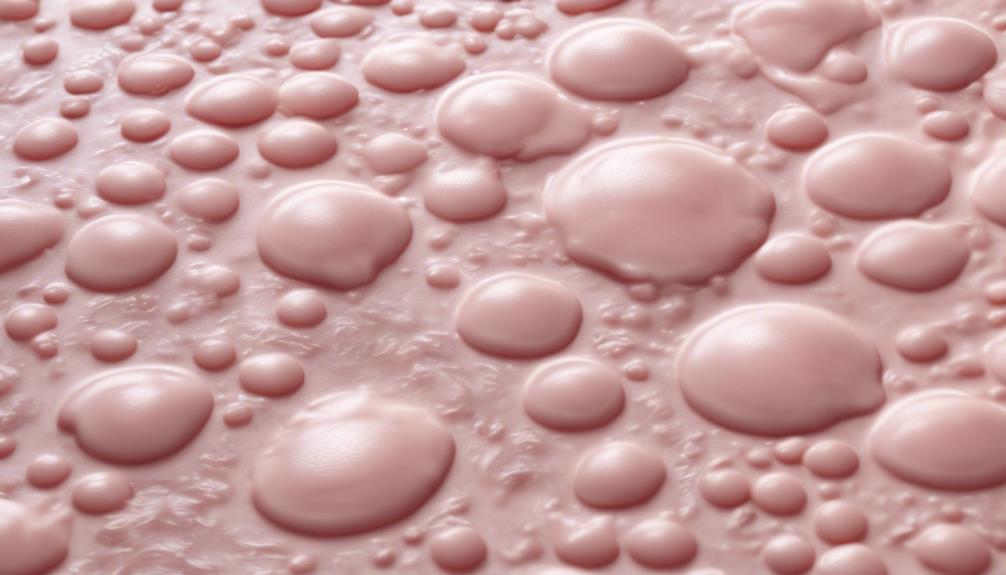
Absorbing fluids and bacteria is a vital function of pimple patches in promoting the healing process. When a pimple patch is applied, it acts as a barrier that helps absorb fluids like oil, bacteria, and pus from the affected area. These hydrocolloid patches create a moist environment around the pimple, which is advantageous for the healing process.
As the patch absorbs fluids, it turns white, indicating that it's actively working. This absorbed fluid forms a gel-like substance, sealing the area and preventing bacteria from entering, which, in turn, helps prevent infection and promotes faster healing. By effectively sealing the pimple, these patches also discourage touching or picking at the pimple, further aiding in the healing process.
Essentially, the absorption capabilities of pimple patches play a pivotal role in maintaining a conducive environment for the skin to heal efficiently.
Formation of Gel to Seal Area
To effectively seal the affected area and promote healing, the gel formed by pimple patches plays an essential role in preventing further contamination and fostering recovery. When hydrocolloid pimple patches come into contact with the skin, they begin to absorb oil, bacteria, and pus from the pimple. As these impurities are drawn out, a gel-like substance is created, which acts as a protective barrier over the affected area.
This gel helps seal the skin, preventing external contaminants from entering and worsening the condition. Additionally, the outer layer of the patch acts as a barrier, shielding the pimple from external bacteria and reducing the risk of infection. By forming this gel and creating a protective environment, pimple patches not only prevent contamination but also discourage touching or picking at the blemish.
This aids in faster recovery by maintaining a clean and controlled healing environment.
Prevention of Bacterial Entry
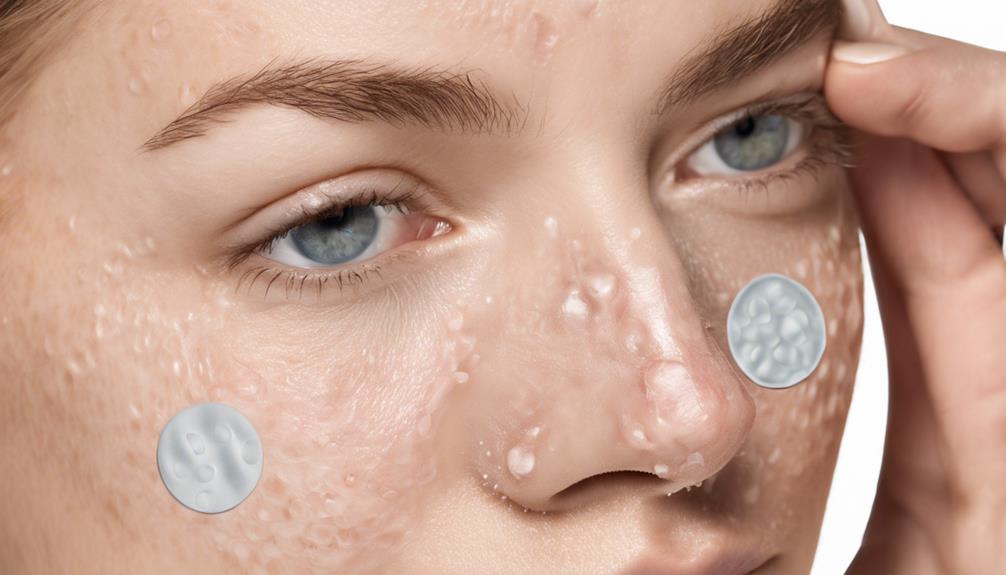
After discussing the formation of gel to seal the affected area, we now shift our focus to how pimple patches work in preventing bacterial entry. Hydrocolloid patches play an essential role in creating a barrier over pimples, effectively blocking bacteria from entering the blemish. Here are four key points to illustrate how these acne patches prevent bacterial entry:
- Barrier Formation: The outer layer of hydrocolloid patches seals the pimple, reducing the risk of infections by preventing external bacteria from infiltrating the wound.
- Promoting a Clean Environment: By blocking bacterial entry, hydrocolloid patches promote a clean environment for the pimple to heal, minimizing the chances of further inflammation.
- Supporting Healing: This mechanism is vital for preventing infections and speeding up the recovery process of the affected area, aiding in effective wound care.
- Proven Effectiveness: The use of hydrocolloid patches in wound care further supports their efficacy in preventing bacterial entry and promoting healing.
Encouragement of Effective Healing
Creating a moist environment is essential for pimple patches to effectively encourage healing of skin blemishes. These patches work by absorbing excess oil, bacteria, and pus from the pimple, which aids in the healing process.
By creating a barrier, the outer layer of the patch prevents bacteria from entering the pimple and causing infection. The hydrocolloid material in the patches also helps to prevent touching or picking at the pimple, allowing it to heal undisturbed.
Clinical trials have demonstrated that pimple patches, especially those with added ingredients, can improve the appearance and healing of pimples. This not only promotes faster healing but also helps to prevent further irritation or scarring.
Frequently Asked Questions
Do Pimple Patches Work on Unpopped Pimples?
Pimple patches may not work as effectively on unpopped pimples since they may not have enough fluid for the patch to absorb. With unpopped pimples, the adhesive on the patch mightn't adhere well, impacting its efficacy.
Other treatments like spot treatments or topical medications could be more suitable for addressing issues with unpopped pimples. It's crucial to take into account the type of pimple and its stage to determine the most effective treatment.
Why Do Pimple Patches Turn White?
When pimple patches turn white, it's a sign that they're doing their job by absorbing all the nasty stuff from your skin. This color change indicates that the patch is actively drawing out impurities and fluids, creating a clean environment for healing.
As the hydrocolloid material inside swells and turns white, it shows the absorption process in action. So, don't worry when your patch goes white—it's just working its magic!
Do Acne Patches Actually Work?
Yes, acne patches can be effective in treating pimples. They work by creating an ideal healing environment, absorbing oil, bacteria, and pus from the pimple. This helps prevent touching or picking at the pimple, promoting faster healing and reduced inflammation.
When used in combination with other topical solutions, acne patches can enhance penetration for better results. They're especially helpful in preventing skin irritation from topical treatments and can aid in faster healing of popped pimples.
What Do Pimple Patches Draw Out?
Pimple patches draw out excess oil, bacteria, and pus from the pimple. They create a moist environment that helps in absorbing impurities and promoting healing.
Hydrocolloid patches effectively draw out fluids and prevent external contaminants from entering the pimple. These patches are designed to specifically target and extract the contents of the pimple.
Pimple patches work by absorbing the contents of the pimple, visibly showing the absorbed impurities on the patch.
Conclusion
To sum up, pimple patches work by absorbing fluids and bacteria, forming a gel to seal the area, and preventing bacterial entry for effective healing. Additionally, these patches are designed to adhere closely to the skin, ensuring that they stay in place even during daily activities. The effectiveness of pimple patches also hinges on the careful selection of materials used in their production, which can vary by brand and formulation. Understanding how pimple patches are manufactured can shed light on their unique properties and benefits, helping users make informed choices for managing breakouts.
These hydrocolloid patches function as a barrier to promote faster recovery and reduce inflammation.
So next time you have a pesky pimple, consider trying a pimple patch to help speed up the healing process and keep your skin clear.
